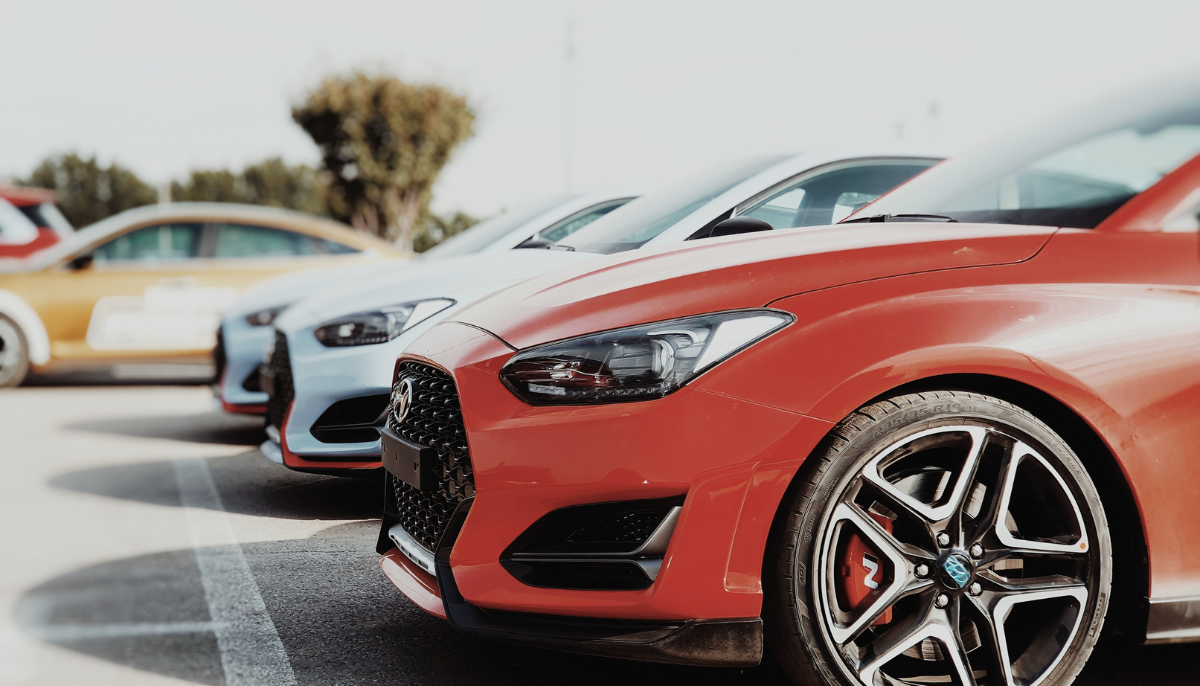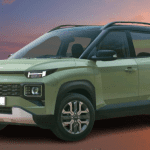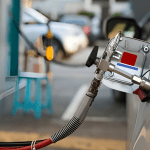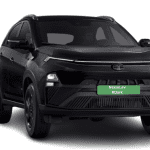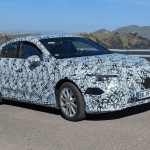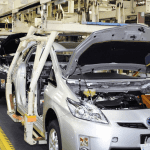Kia to expand its plant in India after 2025 : Kia India
Kia India, the Indian subsidiary of South Korea’s Kia Corp., is one of the leading SUV manufacturers in India. Despite its facility at Anantpur in Andhra Pradesh operating at more than 100% capacity, Kia India will explore capacity expansion options only after 2025.
After receiving an initial $2 billion investment from Kia’s parent company, the Andhra plant has increased its yearly production capacity to 350,000 units. Kia India’s national head of sales and marketing, Hardeep Singh Brar, recently stated that the company aimed to increase annual production to 400,000 vehicles by eliminating inefficiencies and streamlining manufacturing procedures at the current site.
Read More : SUV Launches in Aug 2023
Kia India produced 135,000 vehicles from April to August, and the automaker expects to close the fiscal year with 330,000 sales (including exports). The previous year, the firm had released 146,000 models.
The company now has two shifts running at the Anantpur facility, but might benefit from adding a third. However, a source familiar with the company’s operations told that there are currently no plans to establish a new factory.
In addition, Kia may prioritize domestic sales by maximizing output of a certain model series, such as the Seltos, which provides the company with the highest volume.
In addition to Kia, Hyundai will also commence manufacturing at GM’s recently acquired Talegaon plant in FY25. Similar to Honda, Hyundai started off producing around 600,000 units per year at the Pune factory before increasing production to 900,000 units per year. This plant has the potential to increase output by an additional 200 thousand units for the corporation.
Hyundai Cars in India

According to Brar, however, Kia India has no plans to use that capability. With an initial capacity of 300,000 units, we sold 330,000 units in 2017. That means we’re exceeding our maximum capacity. Both this year and next year are taken care of. After that, we may assess what steps are necessary.
That (whether Kia will use Hyundai’s production unit) is premature to discuss at this time. I have to decline at this time. However, at this time, the Bengaluru facility can produce up to 400,000 items. We can put that kind of planning off for another year or two. Next fiscal year, we anticipate sales of around 400,000 machines,” he continued.
The 2019 Kia Seltos mid-size SUV was an instant hit, helping to cement the brand’s position as a serious contender to Hyundai’s Creta, the best-seller in its class. Competition has been heating up as new companies have entered the market, so in July they updated their flagship product to keep up. With cumulative sales of nearly 70,000 units from April through August, Kia has emerged as the fifth largest SUV-manufacturer by volumes this year, thanks in large part to the 14,860 SUVs it sold in August alone, including the Seltos and the Sonet.
“We haven’t done much yet, but you will see Kia products with more cutting-edge features than the competitors, particularly in the areas of connection and autonomous technology. So, for instance, Seltos is the first SUV to provide a radar-based advanced driver assistance system (ADAS) in addition to the camera-based ADAS, a technology generally reserved for the offerings of luxury automakers.”
“In FY25, we will introduce a brand-new electric vehicle (EV) designed from the bottom up to be a mass-premium offering.” According to Brar, Kia will release 14 different battery-electric vehicles around the world over the next four to five years, and the company is now assessing several of them. He also said that sales of the brand were looking well in the run-up to the holidays.
Over 30,000 Seltos upgrades have been reserved, with 68% of those reserved for the top six trims across all three available transmissions. The South Indian festival of Onam saw a 20% increase in attendance compared to the previous year. It boosts our optimism for the remainder of the season. More people are looking to spend over 8 million rupees on a car, and that’s where we come in. To capitalize on this expansion, we are in the ideal position,” Brar said.
